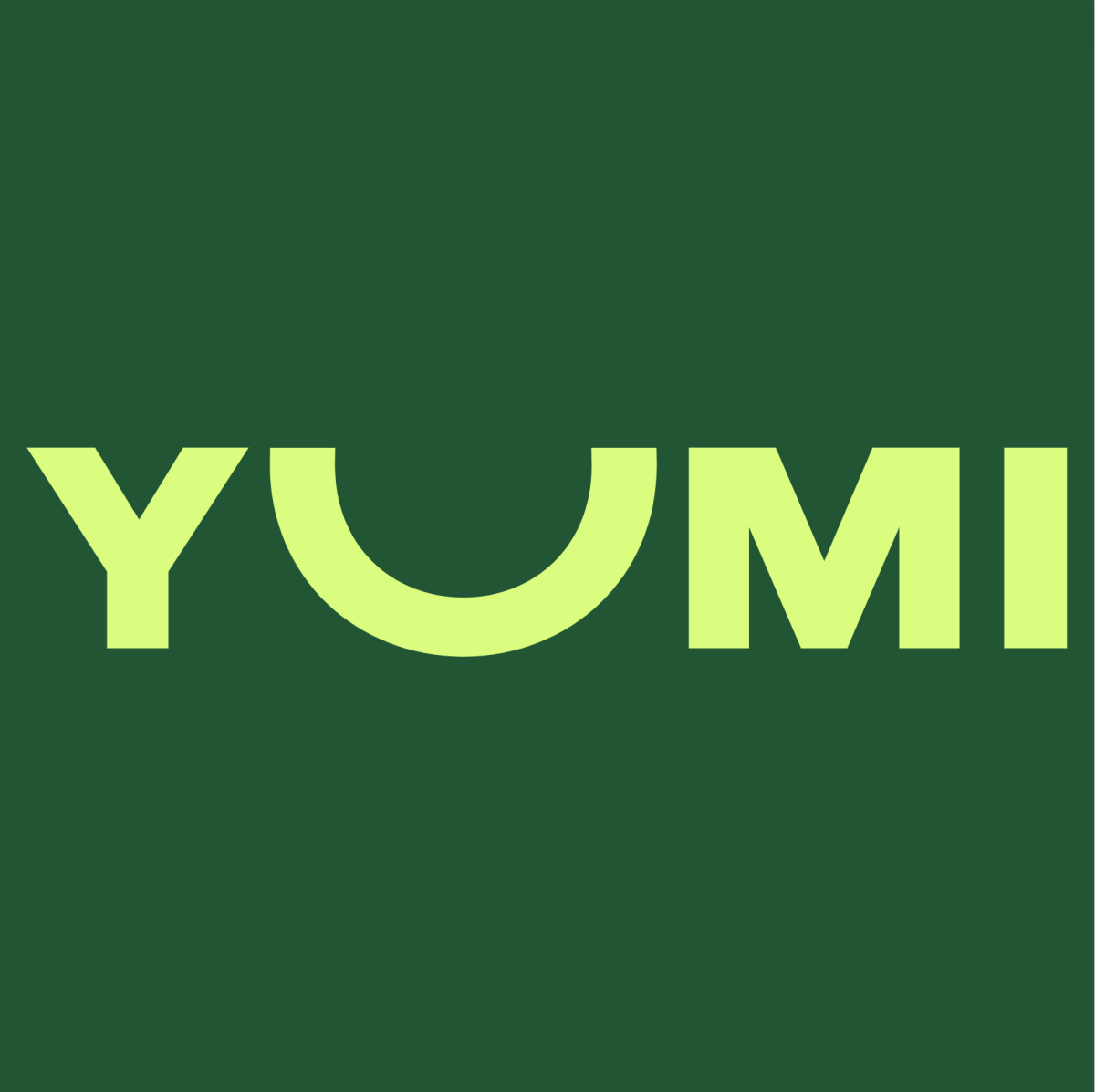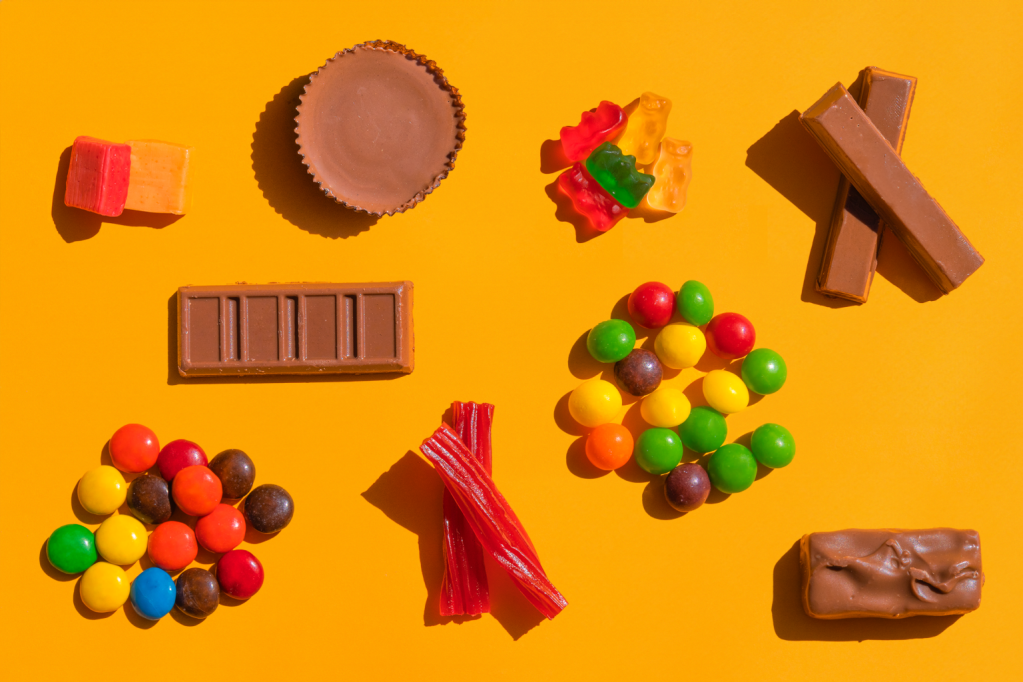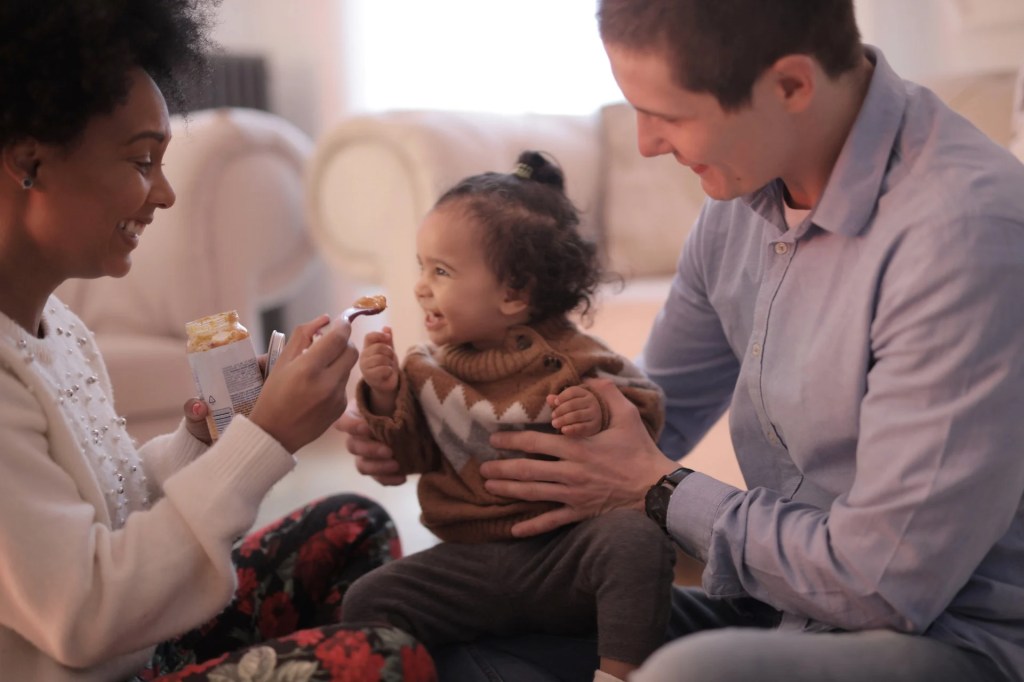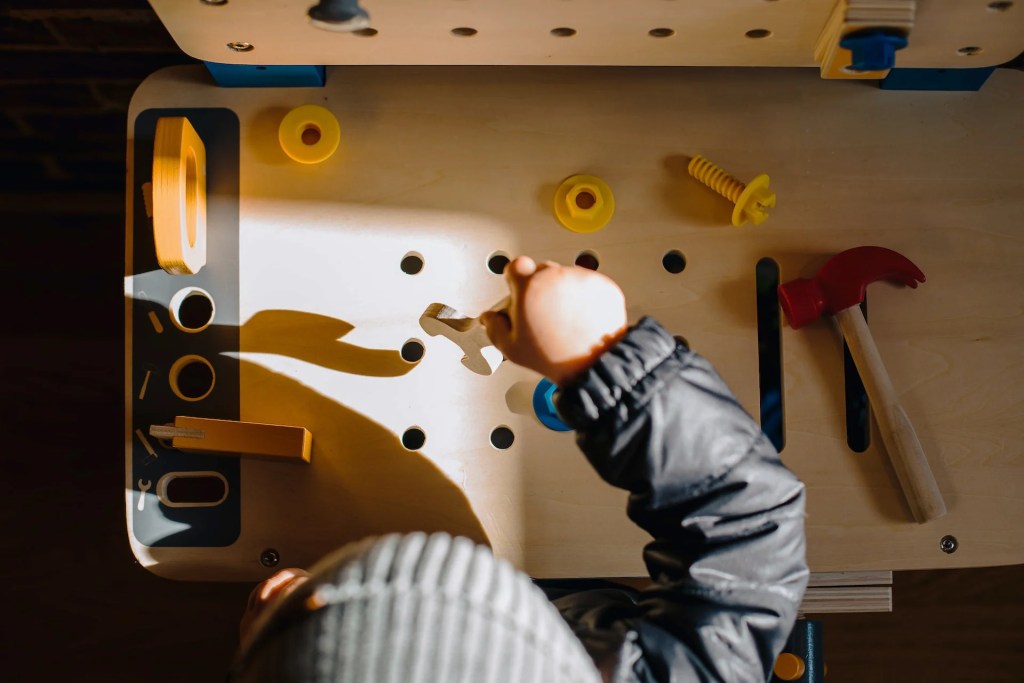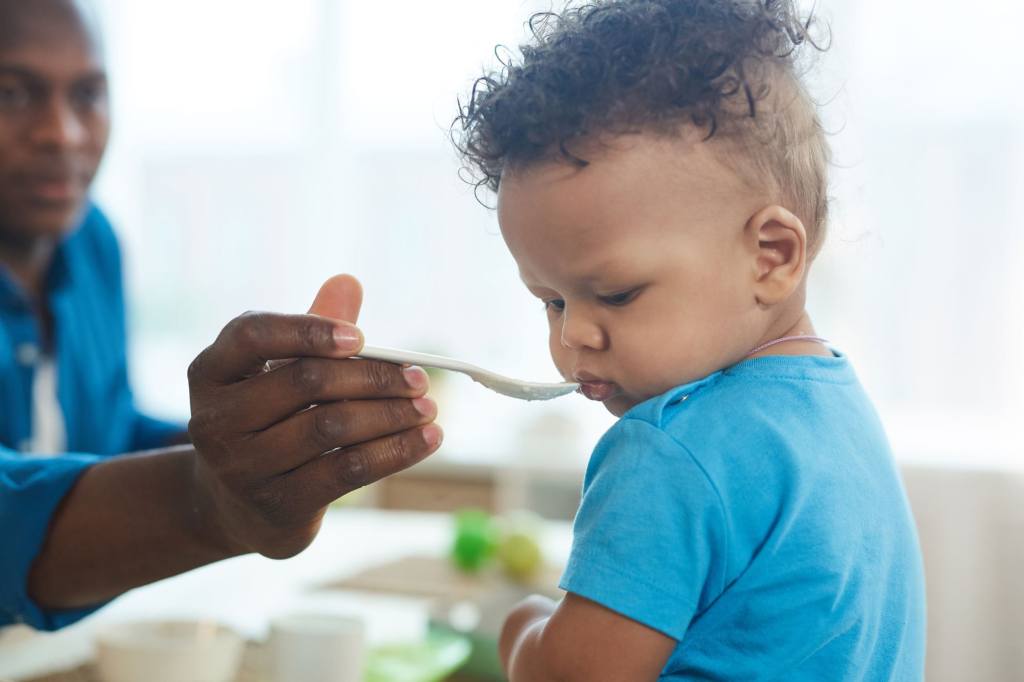Your cart is currently empty!
Picking out food for your baby to eat can be hard; you have to know what size jar your baby needs and how much food they should be eating. Let’s talk about how much to feed your baby.
Baby Food Jar Sizes: What Size to Feed Your Child
In addition to knowing when your baby is ready for solids, and what kind of food to feed your baby, it’s important to know how much baby food they’ll need. While overfeeding and underfeeding are unlikely, it’s still vital that your baby is getting enough food.
Baby mealtime is an important part of their learning process, and as with most things, the amount of food they need changes based on how they’re growing and how old they are. Babies go through growth spurts, so sometimes they may eat more than other times. Throughout their growth spurts and developmental years, feeding them enough calories and the right nutrients is vital.
Plus, baby food jars come in different sizes, so let’s talk about how many ounces to feed your baby, how often, and everything else you need to know!

Why Serving Size Matters
Eating the right foods and the right amount of nutrients is vital to your baby’s health, but so is eating the right amount of food. If they aren’t getting enough food, they may be deprived of the nutrition and calories they need to grow and function. If they are eating too much food, they may gain unhealthy weight or develop an unhealthy relationship with food.
In short, serving size matters. Of course, there’s more to feeding your baby than a scientific number on a chart. All babies are different. Yours is no exception! While one baby may need a certain amount of food, your baby may need more or less.
The best way to learn how much food your baby needs? Simply listen. Don’t worry, we cover cues and signs that your baby is hungry later on!

How Much Does Your Baby Need
Babies need different amounts of food based on their age and how fast they’re growing. For instance, when your baby first begins eating solid foods, they may not be able to get through a whole 4-ounce baby food jar at once.
It may take some time for your baby to transition from breast-or-bottle-feeding to solids, but there is no need to force feed if they are rejecting solids. Instead, offer small amounts of puree at a time and try to stay patient. We know it can be frustrating. We know you might be worried that they aren’t getting enough food. It’s totally normal if your babe takes 2 to 3 tries to get through a whole jar. As they grow, however, they will likely get through a whole jar all in one sitting, and maybe even ask for more. During your baby’s first year of eating solids it is important they develop a sense of trust with you. Keep calm and keep going! You’re doing great.
How Many Ounces are in a Baby Food Jar?
Like babies, baby food comes in all shapes and sizes. For instance, our Yumi jars are all 4-ounces in size and made with BPA/BPS-free plastic that is reusable and recyclable. Most baby food jars are 4 ounces, but some sizes vary. For example, there are baby food jars that are 3-ounces, 2.5-ounces, and even as large as 8-ounces.
While jar size is important, it’s also important to let your baby tell you how much they want to eat. So, no matter what jar size you buy, your baby will still get the right amount of food!
How Many Jars Per Day?
Every baby is different. If you’re using baby food jars for every meal of the day, it’s reasonable to expect the first few feedings will be small. When you’re starting solids, your baby may only take a few bites. A lot of that food will end up on the face, in the hair. If you’re asking yourself, ‘Is this normal?’ The answer is a solid yes.
As they learn to love solid foods, they will grow to use about three jars per day. Since each jar contains 4-ounces of baby food, this provides a total of 12-ounces of baby food for your little one each day in addition to snacks and breast milk.
If you like to make homemade baby food as well or feed your baby more breast milk or formula, we also offer plans that provide one or two jars of baby food a day.

Listen to Hunger Cues
We have some great news. Your baby is already a champion at regulating how much they eat! This means that if your baby is full or hungry, they will let you know. That’s right—even though they can’t talk yet, they’re great communicators. Plus, you’ve got great parenting instincts too. You’ll know when your babe is done eating or when they want more.
Let’s break down some of the basic signs to look for that your baby is hungry or full:
Signs that Your Baby is Hungry
- Moving their hands toward their mouth or moving objects toward their mouth
- Acting excited in the presence of food
- Reaching for food and clenching fists
- Licking lips or opening and closing their mouth
- Lean toward food when brought near
- Focus on food and follow food with their eyes
Signs that Your Baby is Full
- Spit out food
- Push away food, your hand, or the spoon
- Fidget, wiggle, or act like they’re ready to do something else
- Close their mouth, turn their head away, purse lips, stick out tongue, or any other mouth motion signaling fullness
- Play with food. (We’re actually big fans of letting your baby play with their food! It helps develop their senses, creativity, and interaction with the world. Even if it does mean they’re done eating, it doesn’t mean they have to stop the fun. If you’re up for the mess, let them play!)
Avoid Overfeeding
In addition to weight gain, overfeeding your baby can set them up for poor nutrition in later life. It can interfere with a healthy relationship with food, cause them to confuse hunger cues, and lead to more overeating in later life.
The best way to avoid overfeeding is to follow the above cues that indicate when your baby is no longer hungry. You can also follow guidelines set in place by pediatricians and experts and feed your baby around two to three meals per day with two snacks. But again, in most instances, baby knows best.
If they’re going through a growth spurt, they’ll indicate that they want more food. If they’re not in a growth spurt and aren’t as hungry, they’ll tell you when they’re full. By listening to their cues, you’ll be able to avoid overfeeding and give your baby exactly the amount of food they need.
Two techniques you can use to help you as you learn how much your baby needs are the baby-led weaning and the responsive feeding method.
Let’s break these two methods down:
Baby-Led Weaning
Baby-led weaning is a technique where babies feed themselves all on their own. No need to invest in baby spoons. Your babe will use their hands to smash and pinch foods into their own mouths.
There are many benefits to using the baby-led weaning method. It allows your little one to explore their senses by themselves, it increases confidence while eating and independence, it supports coordination and fine motor skills, it helps develop chewing skills and jaw movements, and it’s even been linked to decreased pickiness in later life!
Responsive Feeding
Responsive feeding is broken down by the American Academy of Pediatrics as an easy way to listen to your baby’s hunger cues while feeding. The biggest difference of responsive feeding versus baby-led weaning is who is in control.
With baby-led weaning, your babe is completely in control. They reach for food, put it in their mouths, and do all the eating.
With responsive feeding, you still feed your baby with the spoon, but they tell you when to stop and start. The most important factor in responsive feeding is to stop and start feeding as soon as your babe signals you to. This helps them learn that their cues to start and stop actually work and to listen to their hunger cues.
There are many benefits of responsive eating! It promotes your child’s relationship with food and helps it develop into a health one, it lowers the risk of obesity by avoiding overfeeding, it creates a strong bond between parent and child by building trust and interaction, it helps your little one learn how to feed themselves while avoiding the mess, and it can make mealtimes easier.
It doesn’t matter if you decide to use a baby-led weaning technique or responsive feeding technique. What matters is your comfort and confidence as a new parent and your baby’s nutrition! Feel free to explore a few techniques to see what’s right for you and your little one.

Things to Remember
- Feed your babe around 3 jars a day with two snacks. If they eat more or less, great! As long as they show you they’re hungry/full in the process.
- Your baby’s appetite will change. Don’t be alarmed if one day they eat like a vacuum and the next day they don’t seem hungry.
- Listen to your baby’s cues. They’re great communicators, even if a lot of it involves crying.
Summary
Whether you’re a new parent or a pro, overfeeding is always a concern. Luckily, listening to your baby and knowing how many ounces of food are in baby food jars and how many jars your little one needs, you can put these worries aside and enjoy the moments that really matter.
For more information on what to feed your baby and how you can find the best food for them, explore our resources here!
Sources
- Playing With Your Food and Senses | Pathways
- How Feasible Is Baby-Led Weaning as an Approach to Infant Feeding? A Review of the Evidence | National Library of Medicine
- Is Your Baby Hungry or Full? Responsive Feeding Explained | Healthy Children
- How Often and How Much Should Your Baby Eat? | Healthy Children
